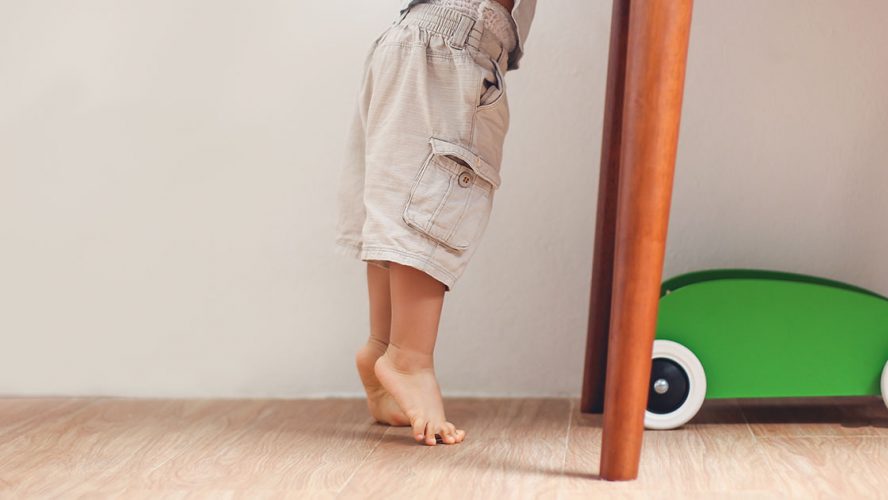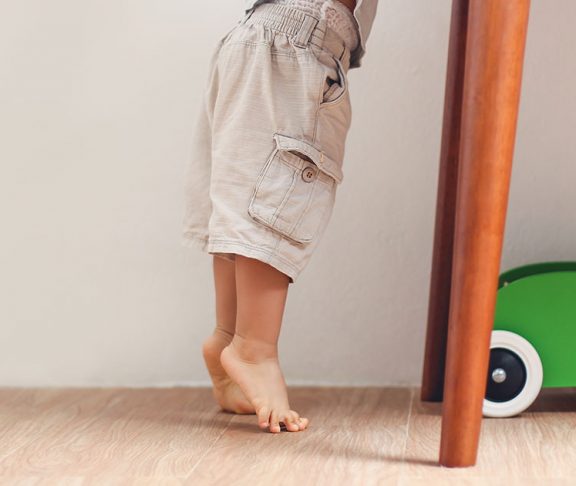Poisoning is the No.1 cause of injury death in the U.S., and the number of children who die from poisoning each year has more than doubled since 1999. Over half of the cases managed by poison control centers each year involve children 12 and under. The vast majority of these cases involve kids swallowing something, but poisoning can happen via the eyes, skin, and lungs, too. Here are the top ten substances involved in calls to poison control:
- Cosmetics and personal care products, like hand sanitizer, deodorant, and nail polish remover
- Household cleaning products
- Pain relieving medicines, both over-the-counter and prescription
- Foreign bodies like toys and coins
- Medicinal creams, like acne cream and hydrocortisone cream
- Anti-allergy medicines
- Vitamins, especially chewable vitamins that taste good
- Pesticides and insect repellants
- Dietary Supplements, herbals, and homeopathic remedies
- Plants, both indoor and outdoor
Effective poisoning prevention is about taking precautions when it comes to using, storing and discarding household substances, and being prepared in the event that the unthinkable happens. Here are some tips:
1. Be prepared for an emergency
Make sure you have the national free number for poison control saved in your phone and posted in your home. That number is 1 (800) 222-1222. You can also text “POISON” to 797979. Anyone can call any time, whether it’s an emergency, or if you just have questions about a product or substance. Calls are private, and our poison specialists are trained to answer any and all questions.
2. Practice safe storage habits
The following substances are particularly dangerous for kids and should be stored up, away and out of sight. Alternatively, keep these substances in child-resistant cabinets or containers. Keep in mind that there is no such thing as a child-proof lock or container, and there is no substitution for adult supervision and vigilance.
- All medications and pharmaceuticals, including over-the-counter medicines, vitamins, and supplements
- Alcoholic beverages, and products that contain alcohol, like hand sanitizer and screen cleaners
- Tobacco and e-cigarette products, especially liquid nicotine
- Laundry and cleaning supplies, especially single load laundry detergent packets
- Pesticides and insect repellants
- Button batteries, like those found in singing greeting cards, key fobs, and remote controls
- Any type of oil or lubricant, including fragrance oils, tiki torch oils, engine oil, etc.
- Personal care products, such as hair products and contact lens disinfectants
- Other chemicals, such as antifreeze
3. Read and follow labels and directions
Make a habit of reviewing the label on anything that has one prior to use, especially before administering medications to children. Take care to follow not only usage directions, but the directions provided for safe storage and disposal as well. Call your poison control center or visit PoisonHelp.org if you have any questions about the directions.
4. Detect invisible threats
Install carbon monoxide detectors in your home.
Krista Osterthaler, MPH, Vice President, American Association of Poison Control Centers, [email protected]

